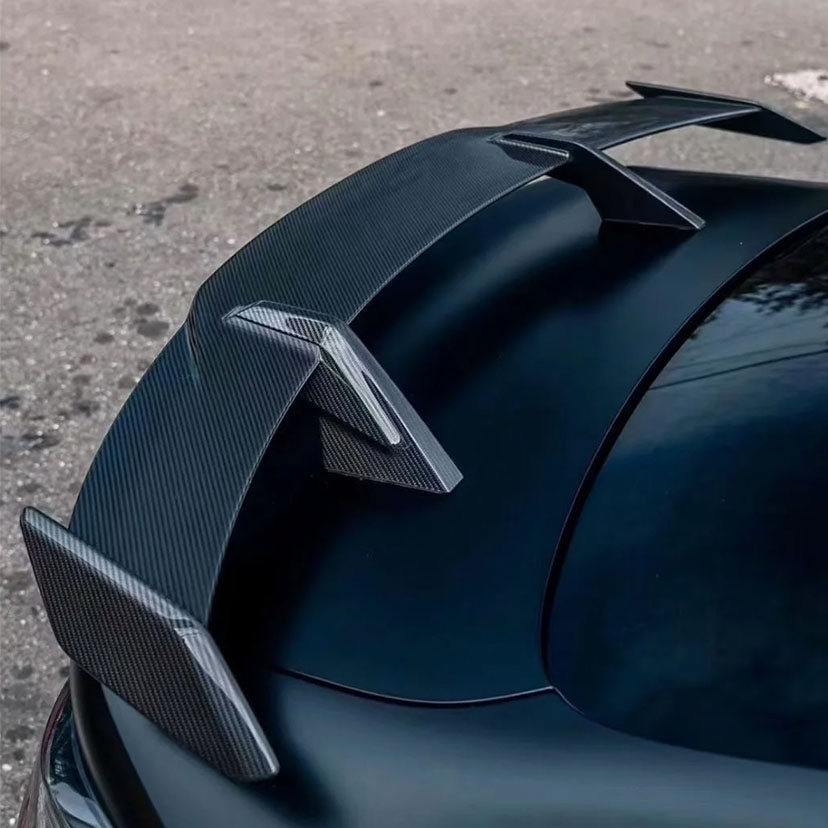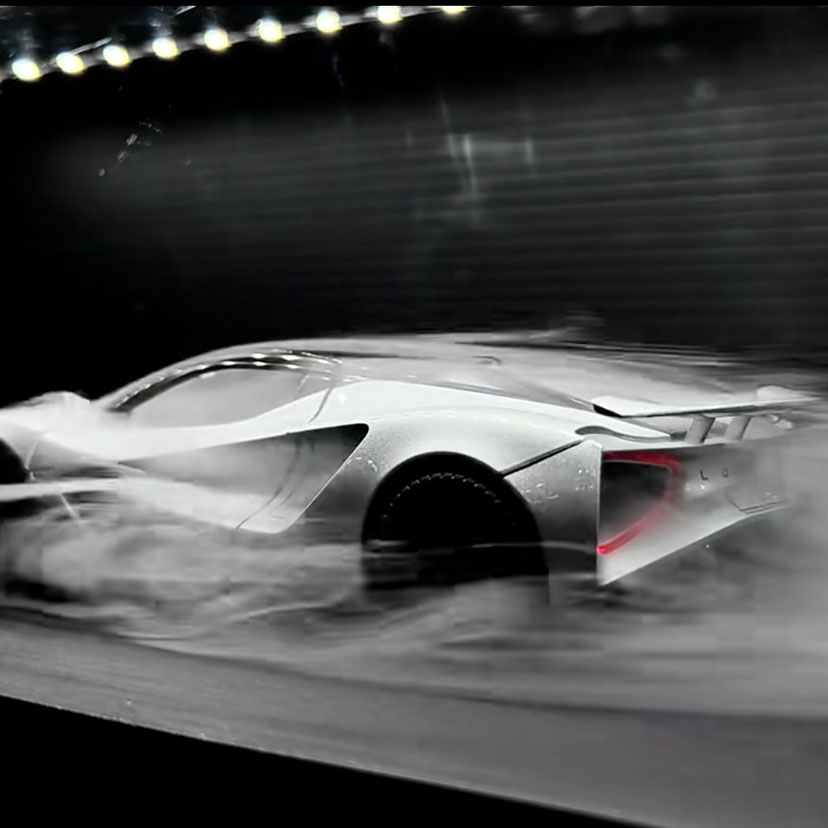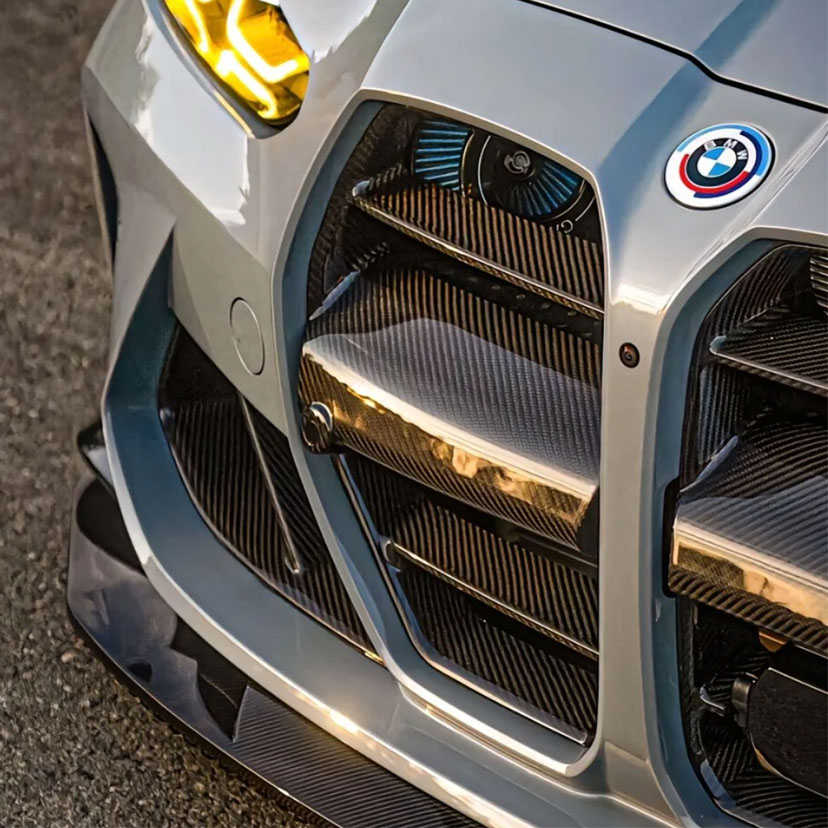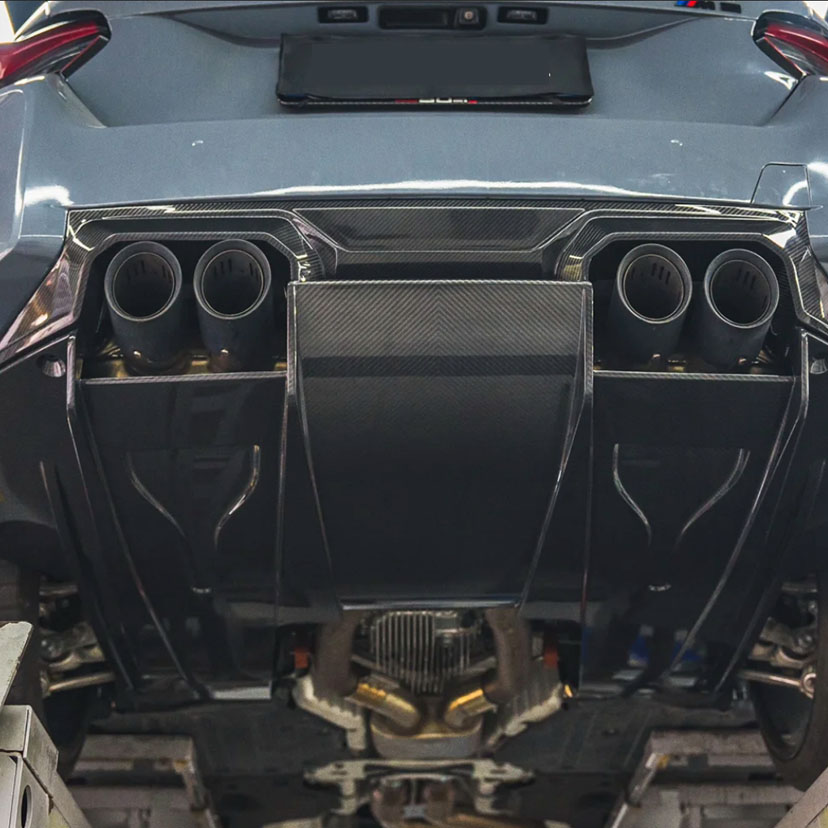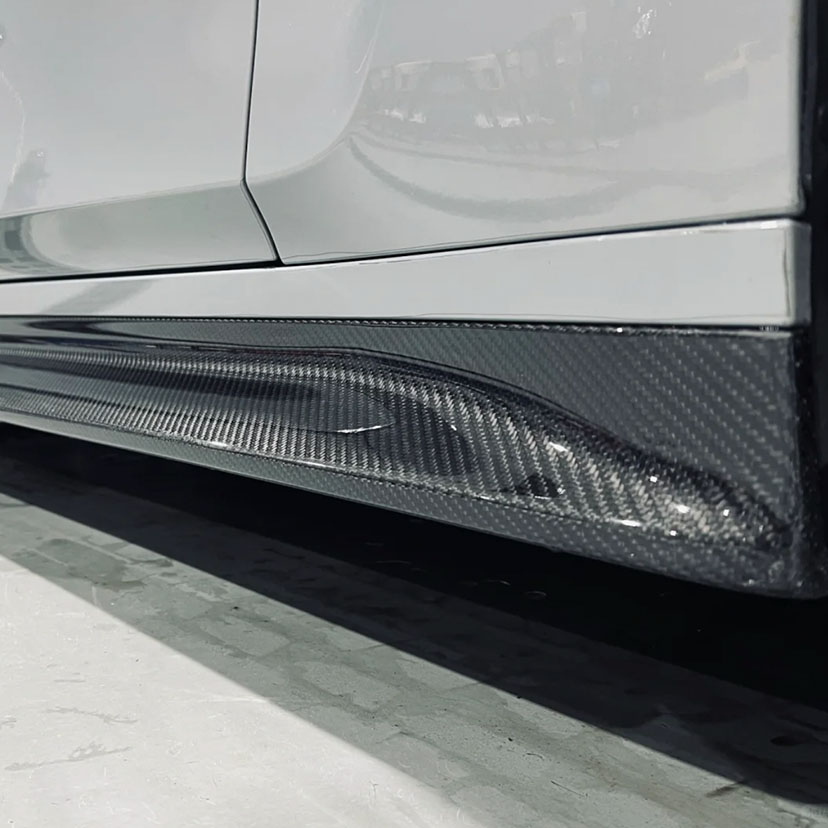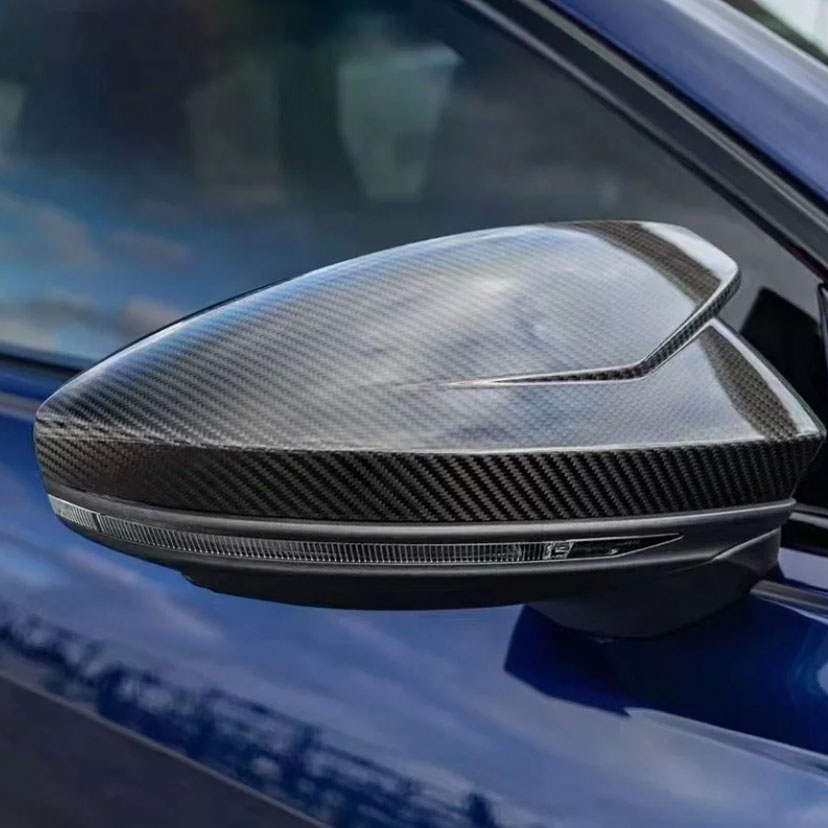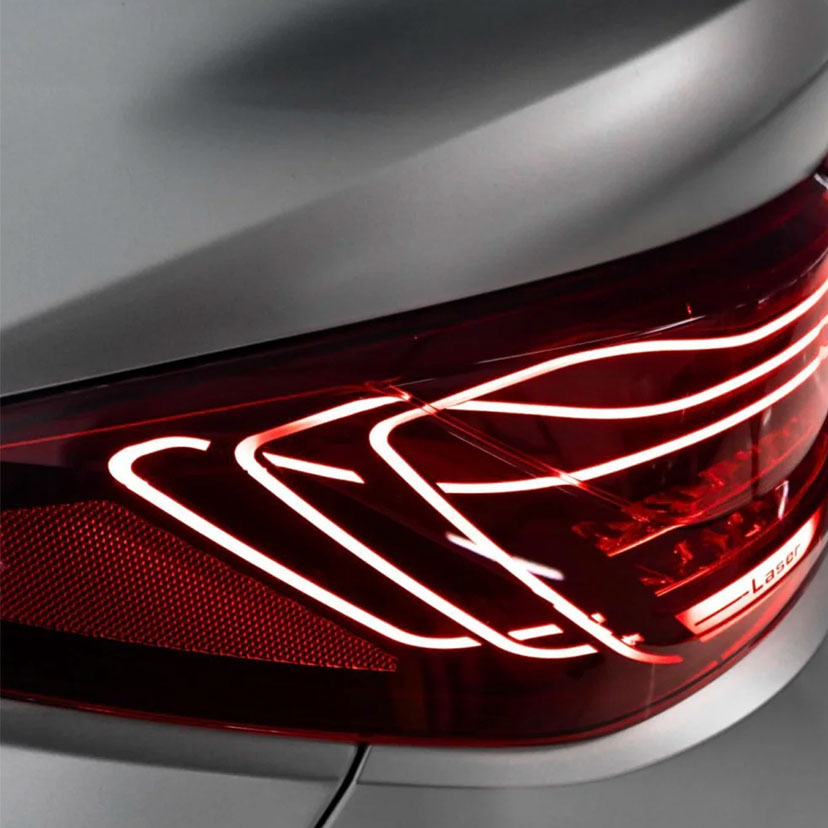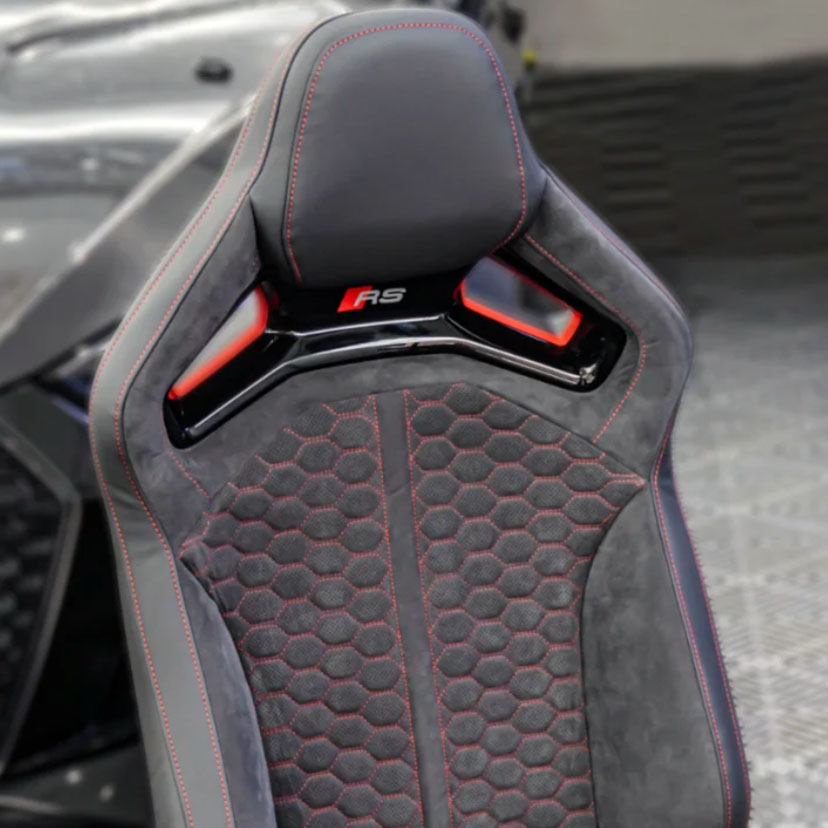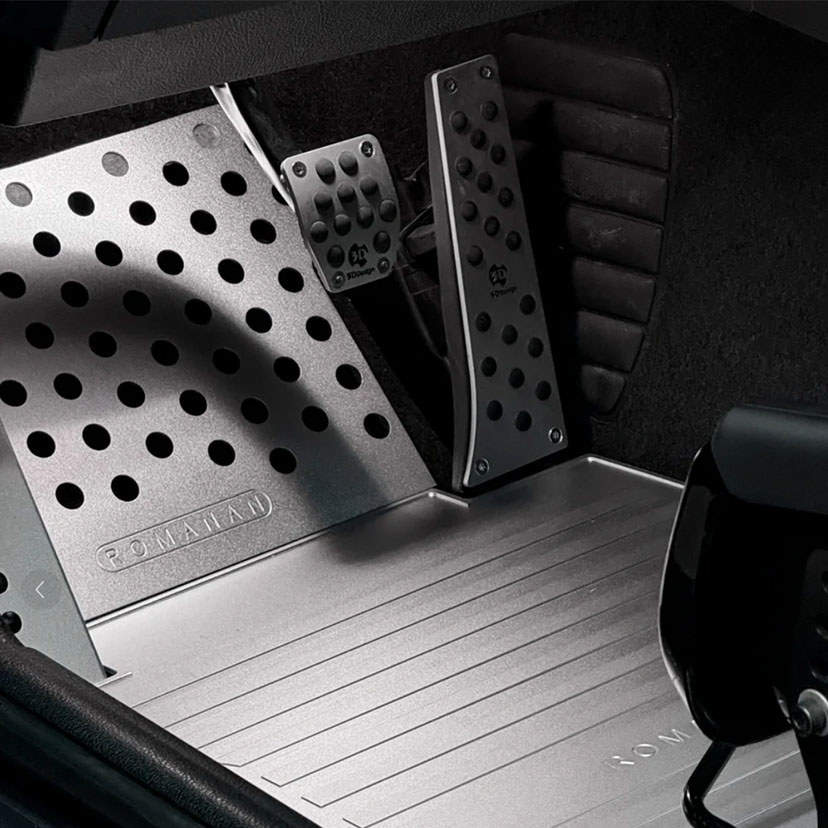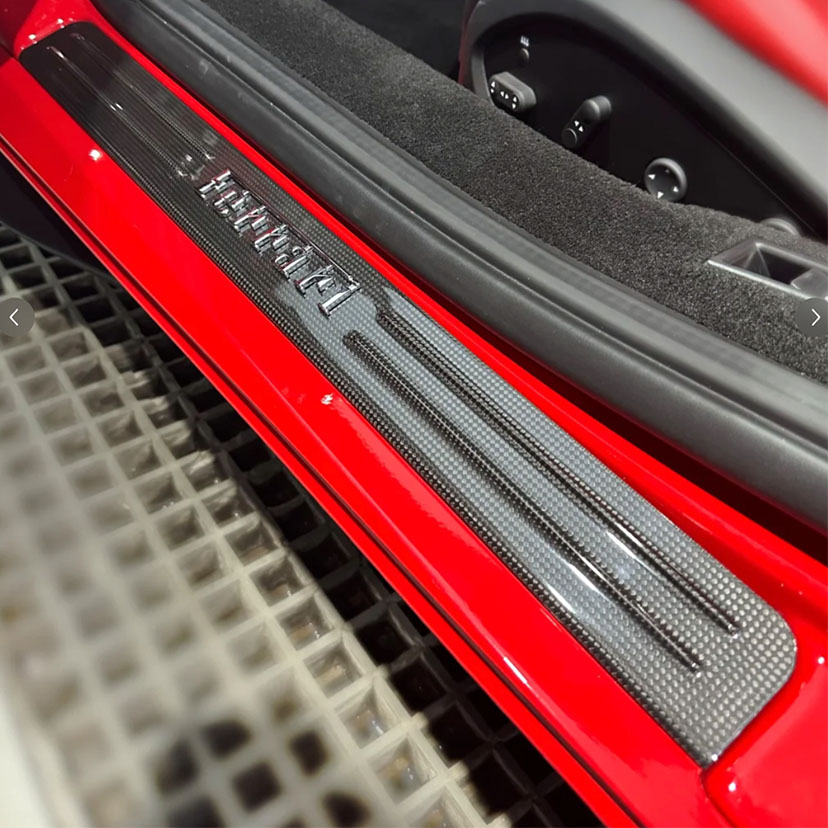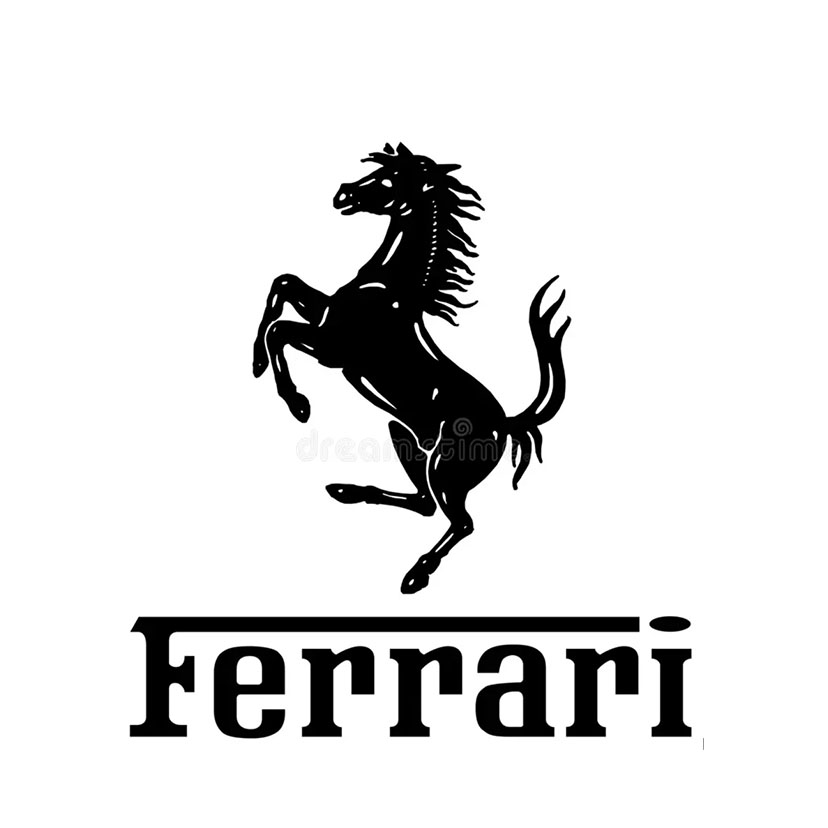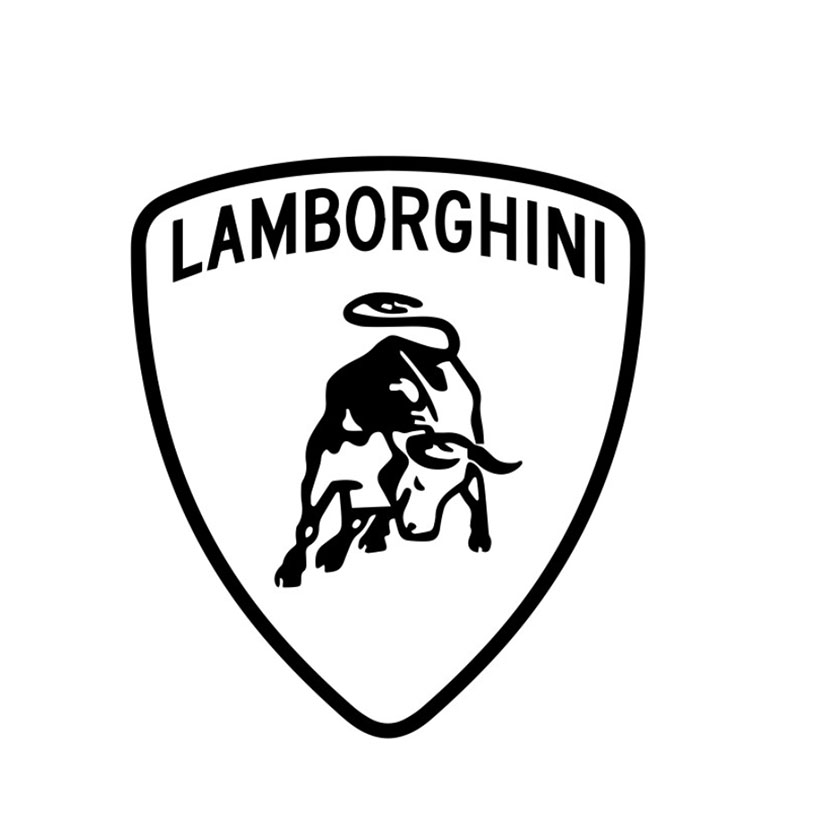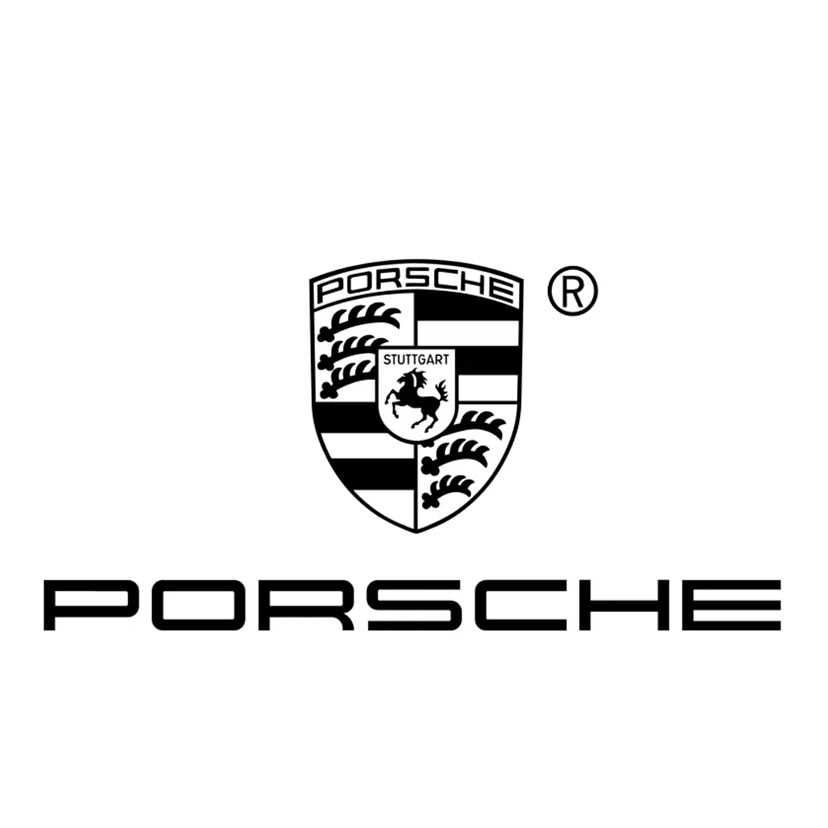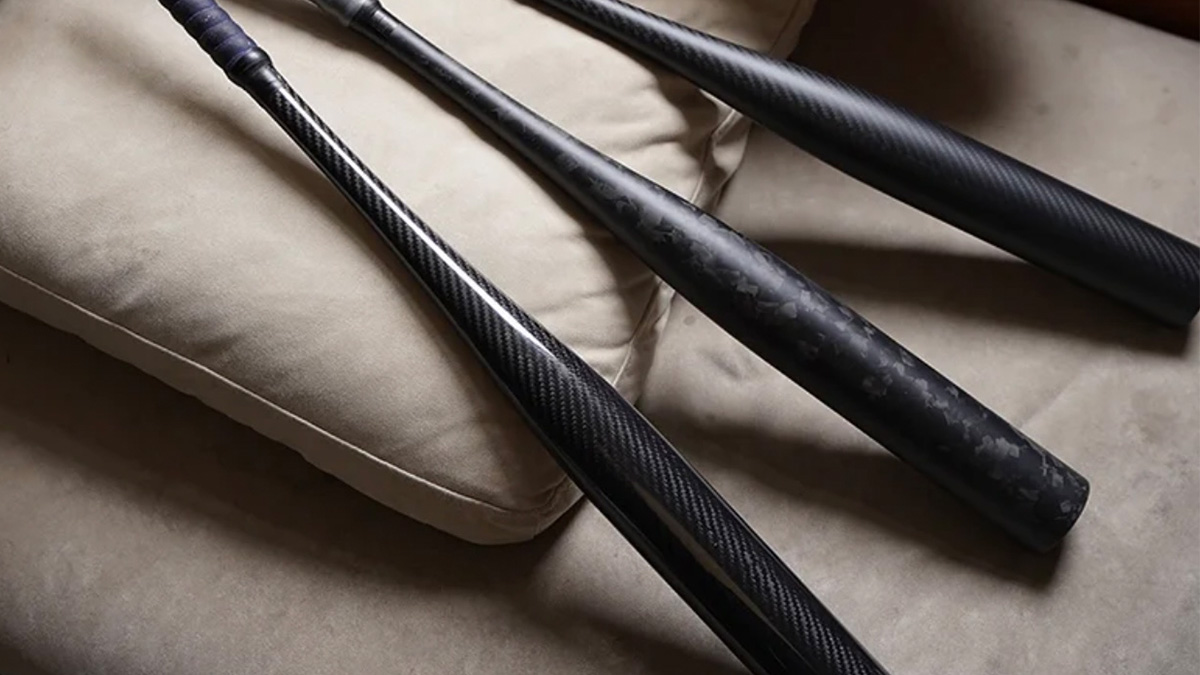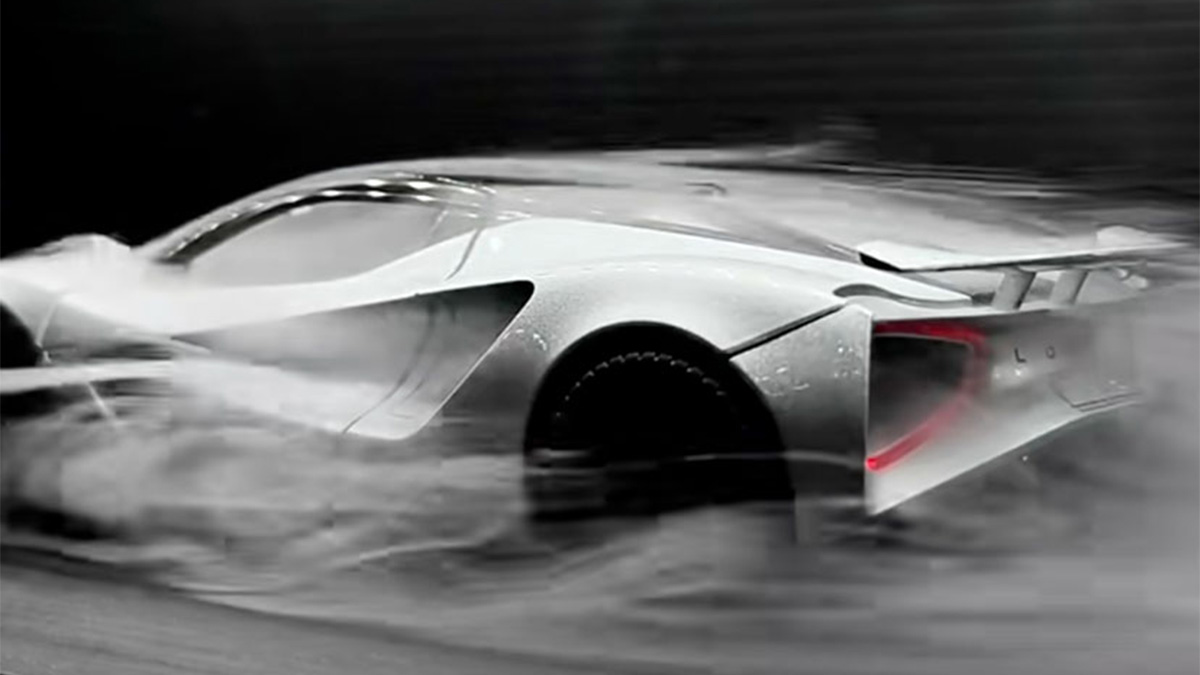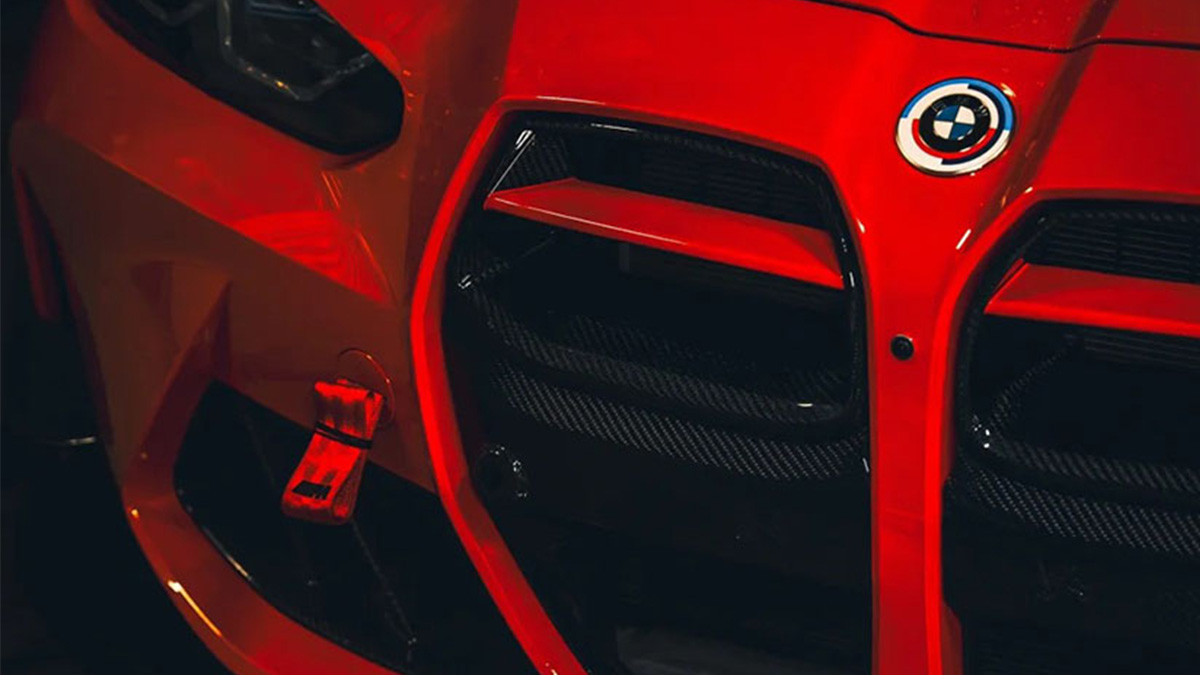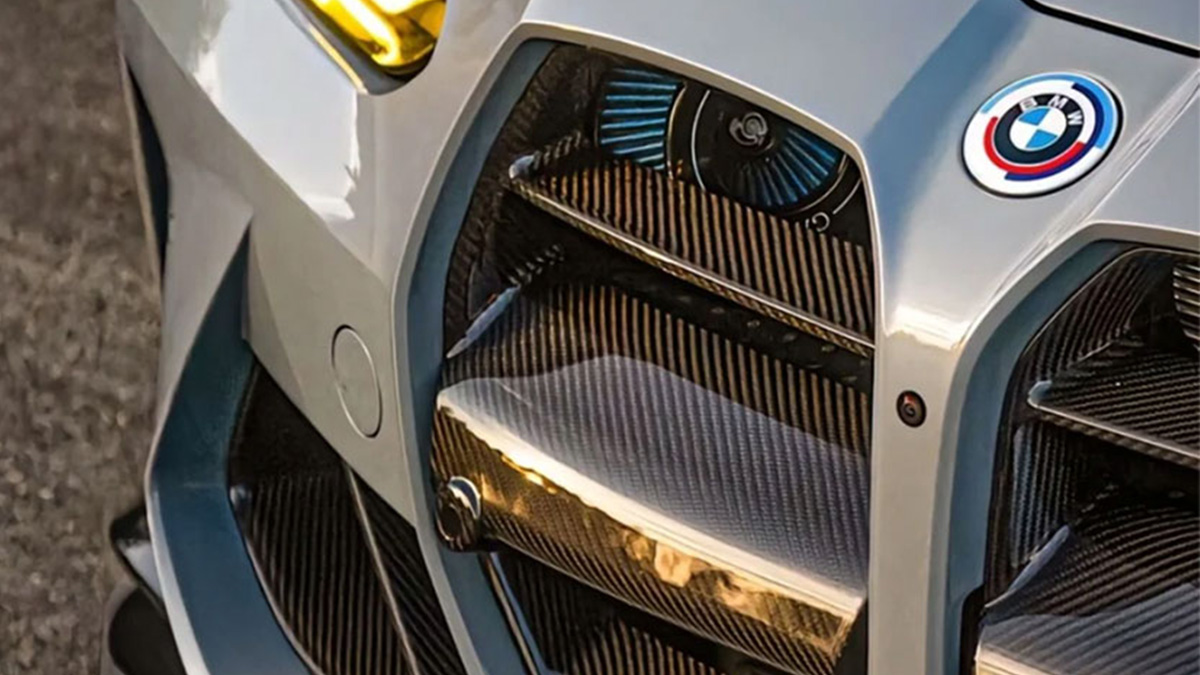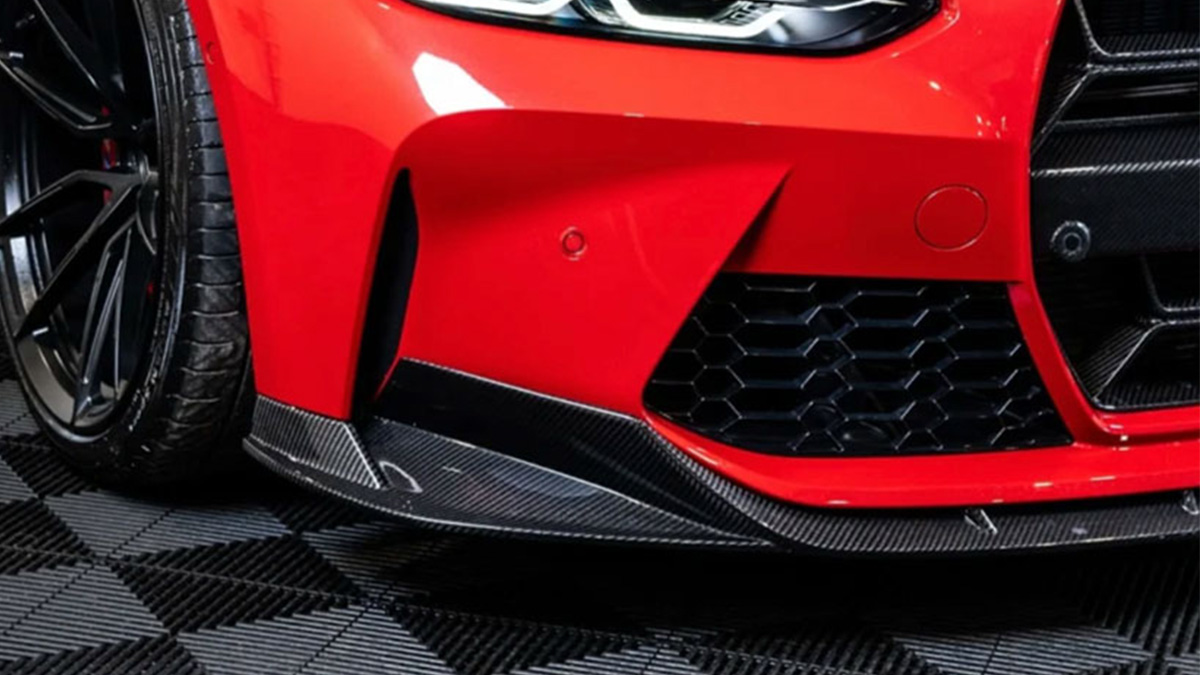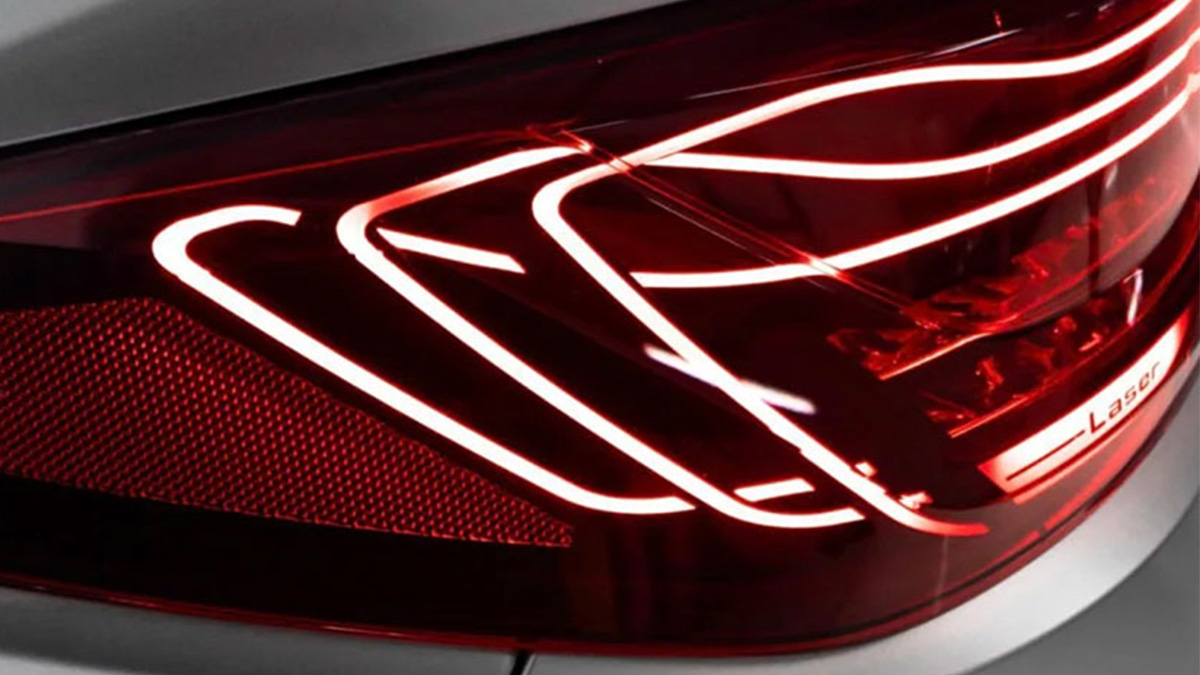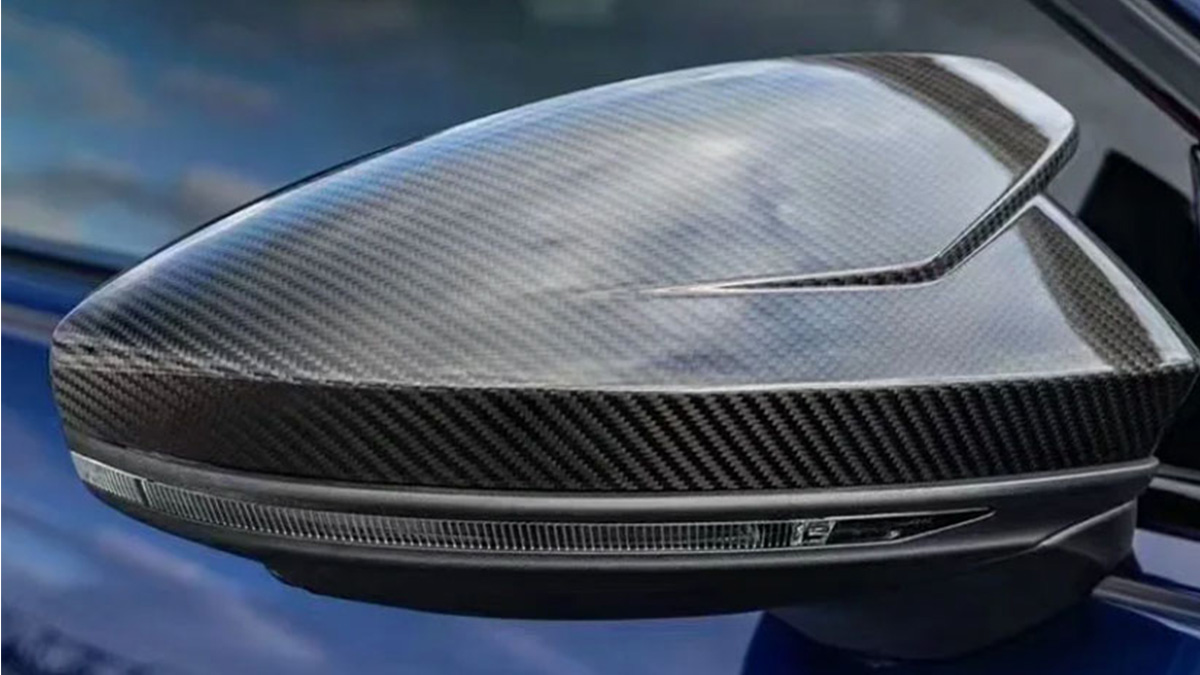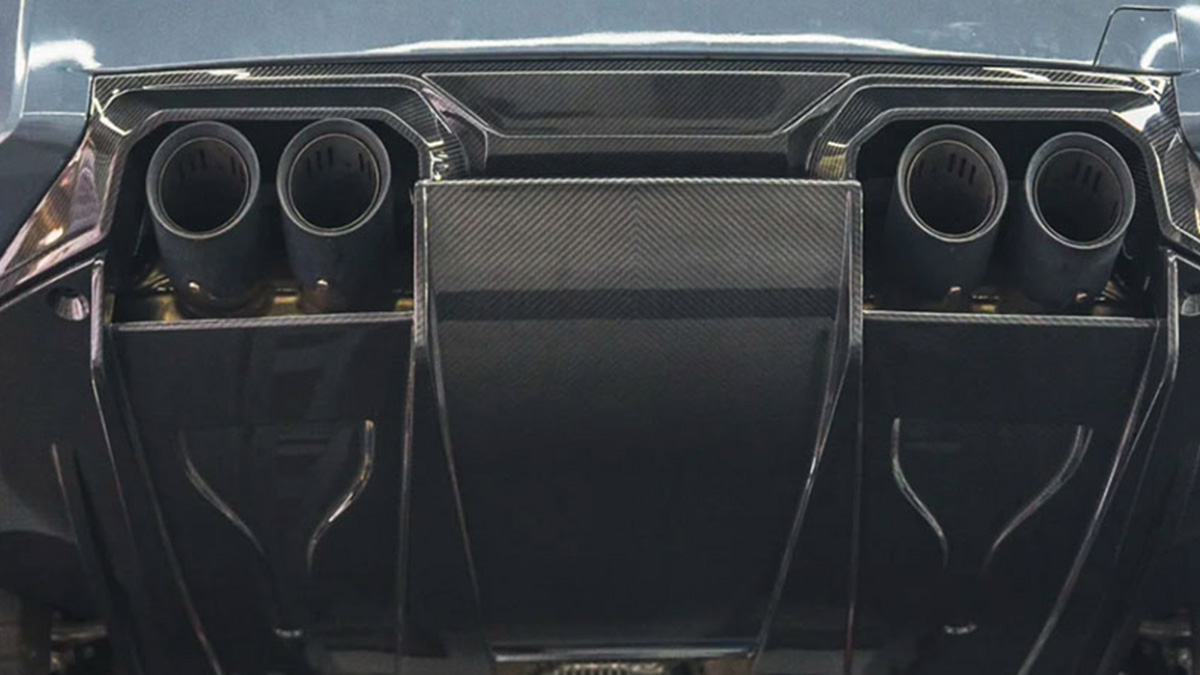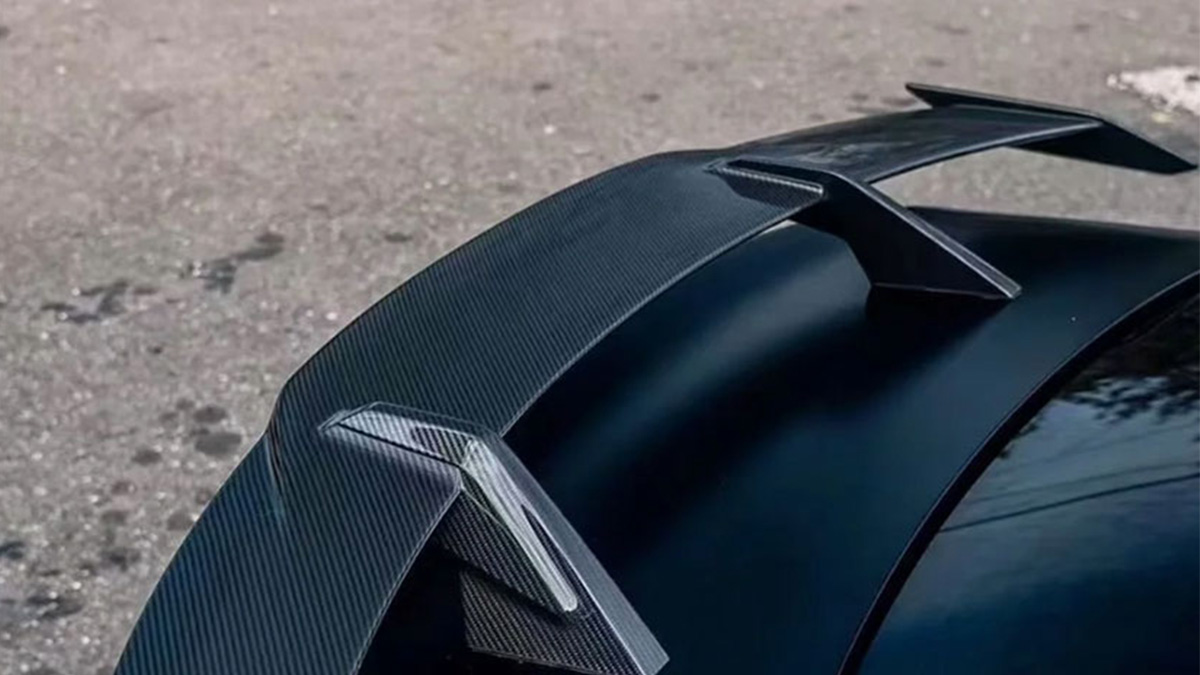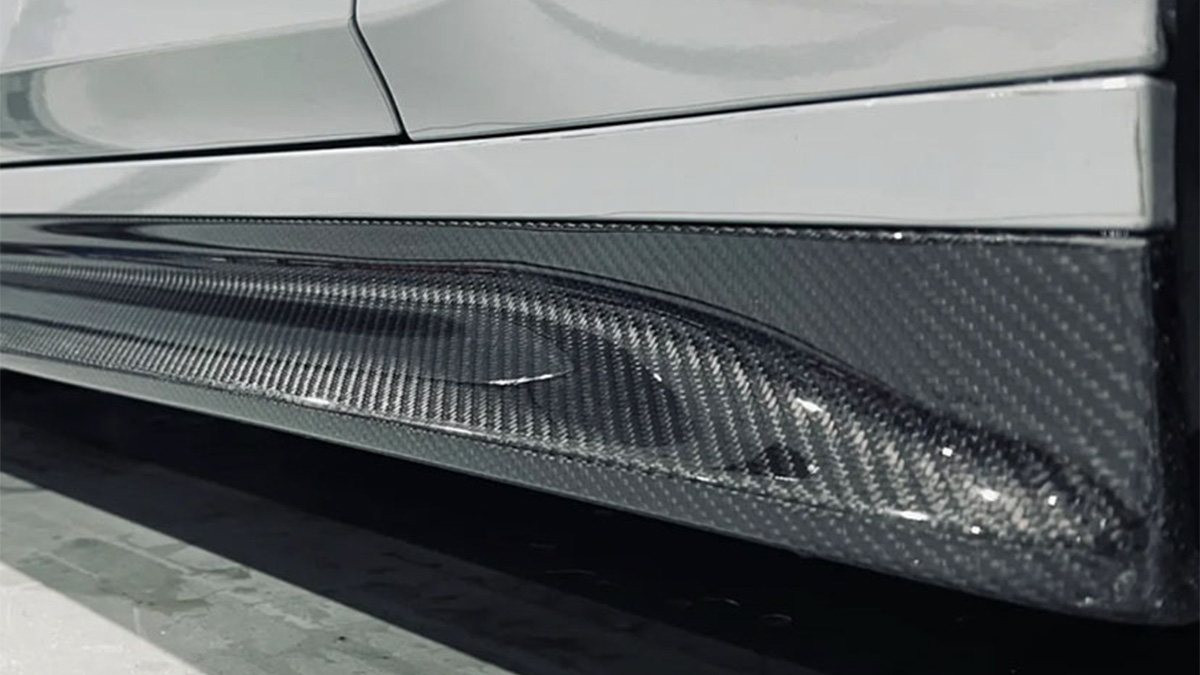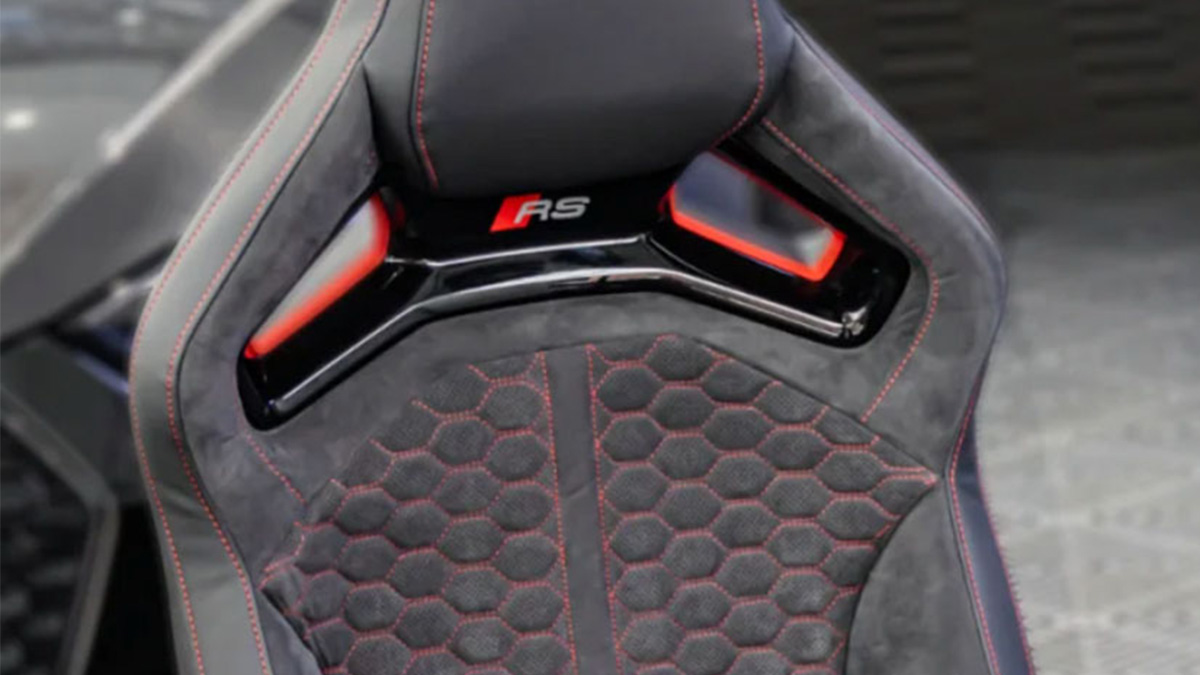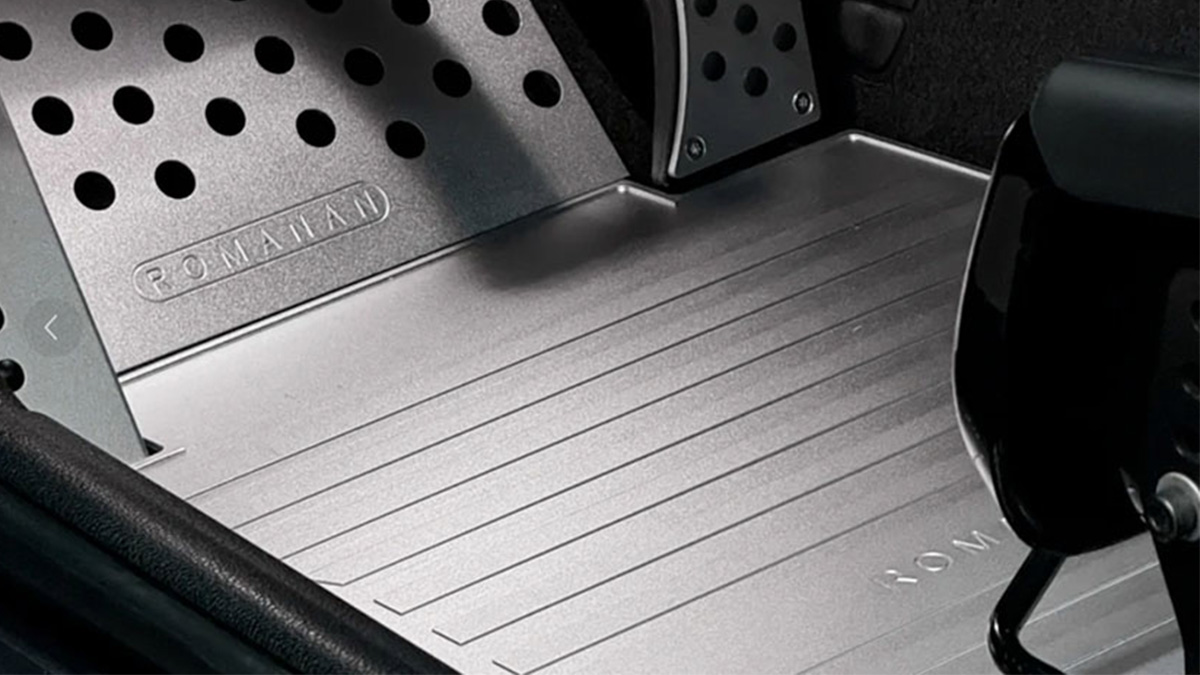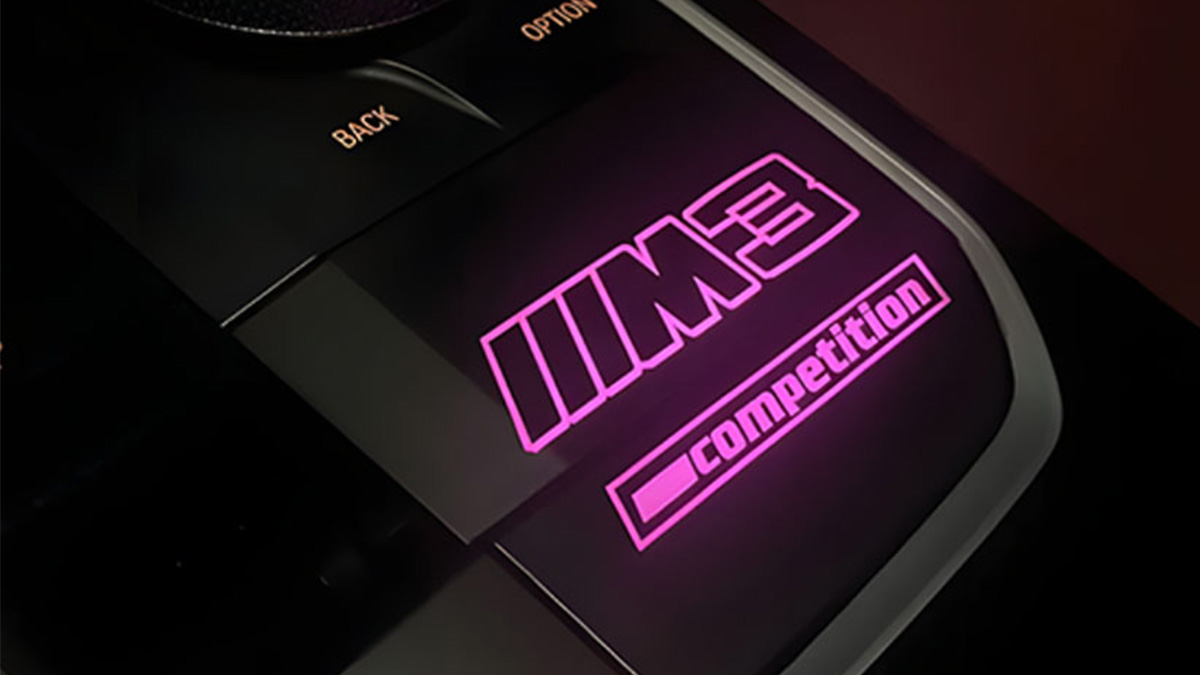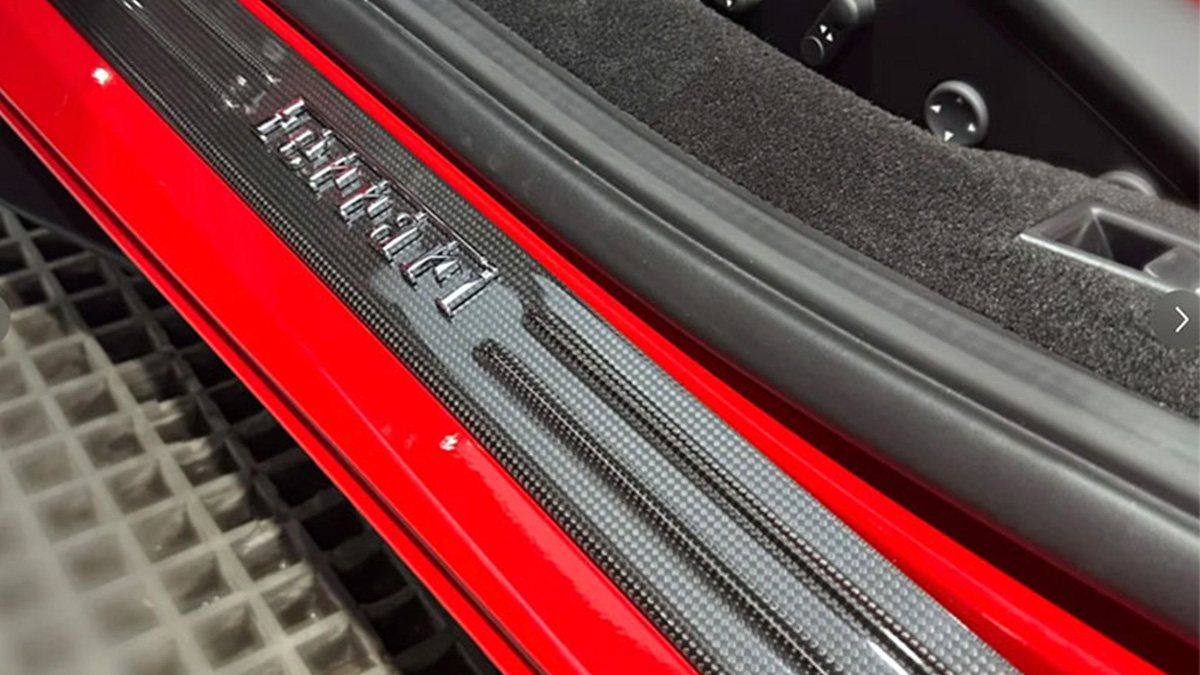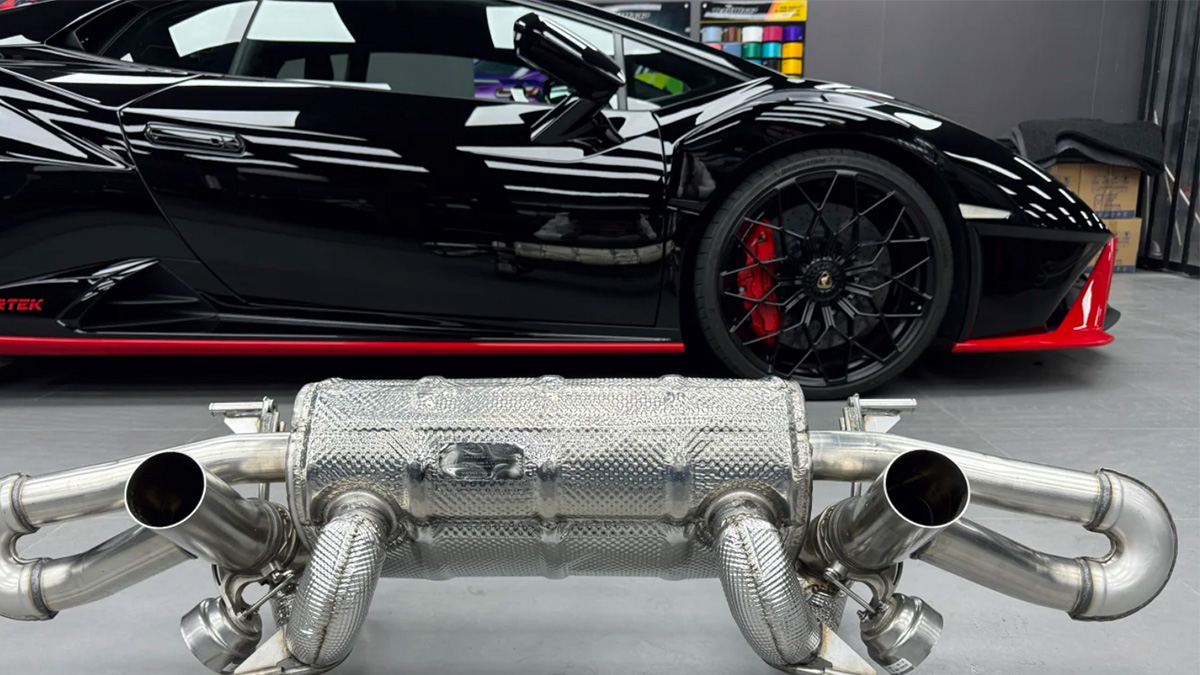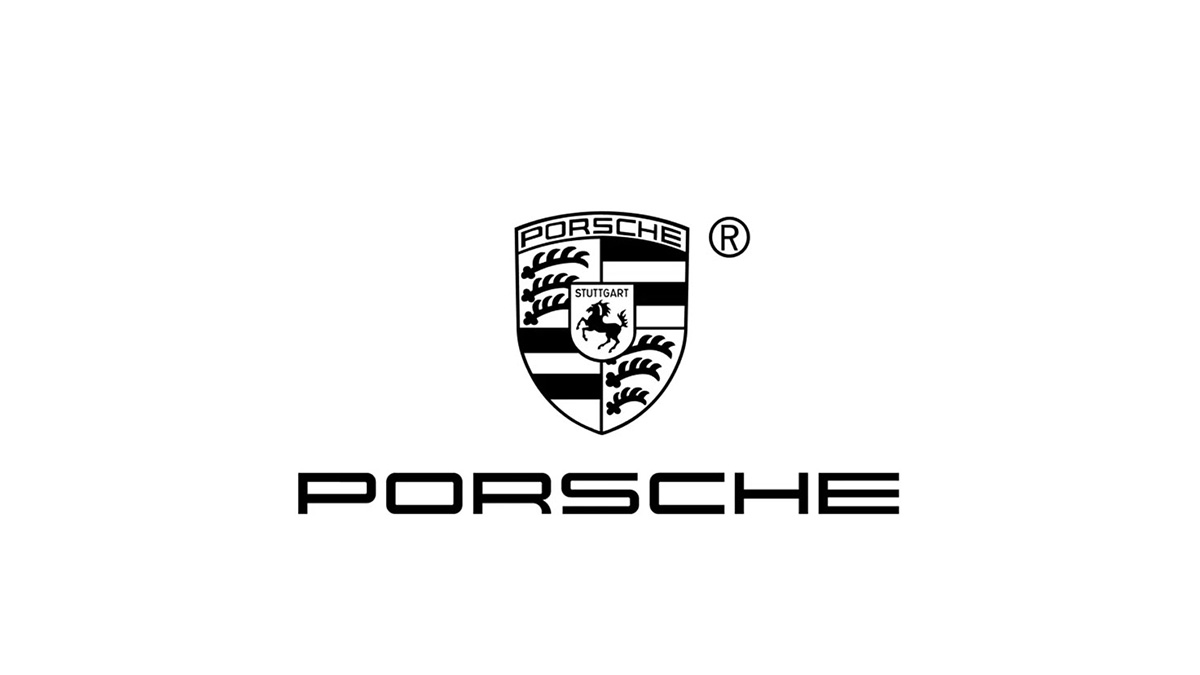From Open-Tops to Modern Marvels The Touring Car Evolution

Touring cars have played a pivotal role in shaping the evolution of auto touring. These vehicles transformed how people traveled, offering freedom and adventure on the open road. By the 1910s, models like the five-passenger Model T became symbols of early auto touring. During the 1920s, often called the golden age of motor camping, touring cars enabled families to explore the countryside. Innovations like the Covered Wagon Company’s prototype travel trailer further revolutionized travel, paving the way for modern road trips. Touring cars didn’t just change transportation; they redefined how you experience the world.
Principales conclusiones
Touring cars changed travel by letting families explore freely in the 1900s.
In the 1930s, cars switched from open tops to closed designs. This made them safer and more comfortable for long trips.
New technology like better brakes and smoother suspensions made cars safer and easier to drive.
Today’s touring cars mix fancy features with smart technology. They still keep some classic styles.
Modern cars also care about the environment. They aim to pollute less and use eco-friendly materials.
Early Beginnings of Touring Cars (1900s-1920s)

The Rise of the Touring Car
In the early 1900s, the touring car emerged as a defining symbol of the evolution of auto touring. These vehicles, characterized by their open body style and seating for four or more passengers, became a staple of early 1900s cars. Unlike smaller runabouts or roadsters, touring cars offered more space, making them ideal for families and groups. Manufacturers like Ford, Pierce-Arrow, and Hudson played a pivotal role in shaping this era. Ford’s Model T, for instance, dominated the market, with 44% of its sales attributed to the touring car body style. This popularity reflected the growing demand for practical yet versatile vehicles during the early days of motoring.
Open-Top Designs and Early Innovations
Touring cars of the early 20th century featured open-top designs that allowed you to experience the thrill of the open road. These vehicles often came with convertible tops, offering flexibility for different weather conditions. Their design prioritized higher road clearance, a necessity given the poor road infrastructure of the time. This demand for better roads spurred significant advancements in road networks, indirectly shaping the automotive industry. Early automobiles like the Pierce-Arrow Model 48 and Hudson Super Six showcased innovations in design and engineering, setting the stage for future developments in automobile manufacturing.
Touring Cars and Early Automobile Culture
Touring cars were more than just vehicles; they were cultural icons that transformed how people viewed automobiles. Nearly every manufacturer offered a touring car model, highlighting their widespread acceptance. These cars became synonymous with family outings, promoting the idea of the automobile as a family-friendly mode of transportation. However, by the 1920s, consumer preferences began shifting toward enclosed cars with fixed roofs, marking a significant evolution in automotive design. This transition reflected not only technological advancements but also changing societal needs, further influencing the evolution of auto touring.
The Mid-Century Evolution of Auto Touring (1930s-1960s)
Transition to Enclosed Touring Cars
By the 1930s, the touring car underwent a significant transformation. Manufacturers began shifting from open-top designs to enclosed models. This change addressed the growing demand for comfort and protection from weather conditions. You could now enjoy a more secure and quieter ride, which made long-distance travel more appealing. The enclosed designs also reflected advancements in automobile manufacturing, as companies adopted mass production techniques to meet consumer needs. This period marked a turning point in the evolution of auto touring, as cars became more practical for everyday use.
Technological Milestones in Touring Car History
The mid-century era saw remarkable technological milestones that shaped the automotive industry. Engineers introduced features like hydraulic brakes, independent suspension systems, and improved engines. These innovations enhanced both safety and performance. For example, hydraulic brakes allowed you to stop your car more efficiently, while independent suspension systems provided a smoother ride. Automobiles also became more fuel-efficient, thanks to advancements in engineering. These improvements not only elevated the driving experience but also set new standards for the industry. Touring cars of this era showcased how innovation could redefine what you expected from a vehicle.
Societal Shifts and the Role of Cars in Daily Life
During this time, cars became an integral part of daily life. The rise of suburban living increased the need for reliable transportation. Touring cars played a crucial role in connecting families to work, school, and leisure activities. You could see how the automobile evolved from a luxury item to a necessity. This shift also influenced the culture of the early 20th century, as road trips and family vacations became more common. The touring car symbolized freedom and mobility, reflecting the changing priorities of society. Its evolution mirrored the broader societal trends of the time.
Touring Cars in the Modern Era (1970s-Present)

Safety and Performance Innovations
Since the 1970s, touring cars have undergone significant advancements in safety and performance. Manufacturers introduced features that prioritized your protection and enhanced driving control. For instance:
Anti-lock braking systems (ABS) became available in 1971, helping you maintain control during sudden braking by preventing wheel lock-up.
Airbags, first implemented in 1973, have evolved to provide better protection for passengers during collisions.
Low-speed bumpers, mandated in 1973, improved vehicle durability by withstanding minor impacts.
These innovations not only made cars safer but also elevated their performance. Pro-Touring cars, for example, modernized essential components like suspension and drivelines, ensuring a smoother and more reliable driving experience. These updates allow you to enjoy long road trips with confidence and comfort.
Luxury Features and Advanced Technology
Modern touring cars cater to your desire for comfort and convenience. They now include luxury features that were unimaginable decades ago. Heated seats, advanced climate control systems, and premium sound systems have become standard in many models. Cutting-edge technology, such as GPS navigation and driver-assistance systems, has transformed how you interact with your car.
Younger generations have shown a growing interest in classic cars with modernized features. This trend has led manufacturers to blend vintage aesthetics with contemporary technology. These updates make classic designs more appealing while meeting the demands of today’s drivers. Touring cars now represent a perfect balance of nostalgia and innovation, offering you a unique driving experience.
Environmental Trends in Modern Touring Cars
The evolution of auto touring has also embraced environmental consciousness. Modern touring cars now focus on reducing emissions and improving fuel efficiency. Hybrid and electric models have gained popularity, allowing you to travel long distances with a smaller carbon footprint. Automakers have also adopted sustainable materials in car production, reflecting a commitment to eco-friendly practices.
These changes align with the industry’s shift toward sustainability. As a driver, you can now choose vehicles that combine performance, luxury, and environmental responsibility. Touring cars continue to evolve, ensuring they remain relevant in an era of green innovation.
Touring cars reflect the remarkable journey of the automotive industry and society. They have evolved from open-top designs to modern vehicles that embrace sustainability. Automakers now use innovative materials like synthetic leather and Piñatex, which reduce emissions and repurpose waste. Natural fibers such as soy foam and coconut fiber replace harmful materials in production. Cars like the ‘Phoenix’ promote circular material usage, with reusable components and modular batteries. These advancements ensure that the history of auto touring continues to inspire a future where performance meets environmental responsibility.


